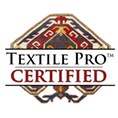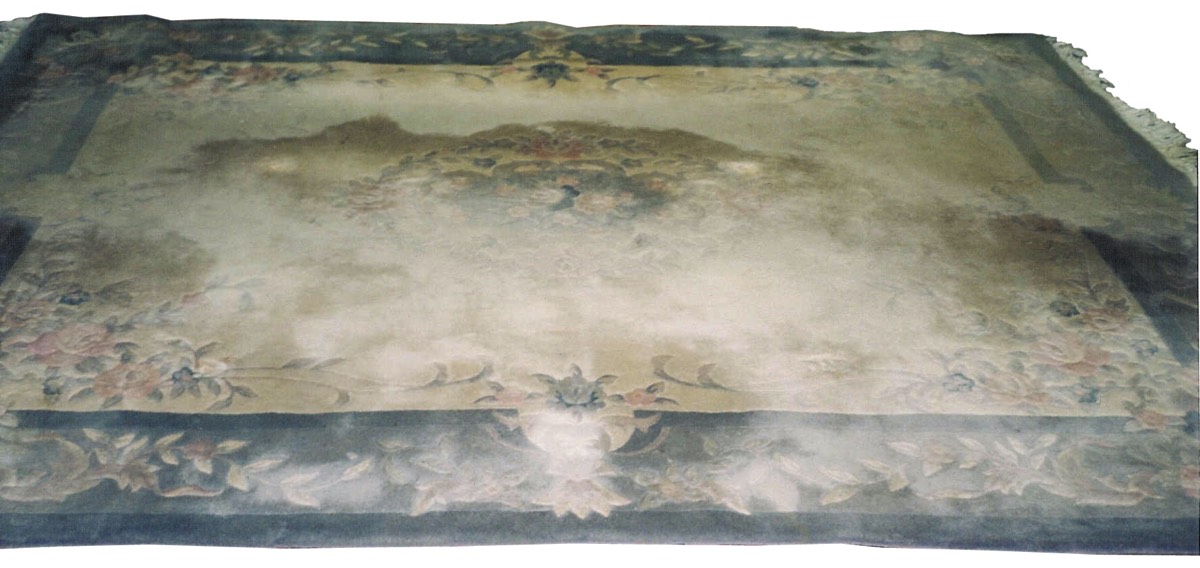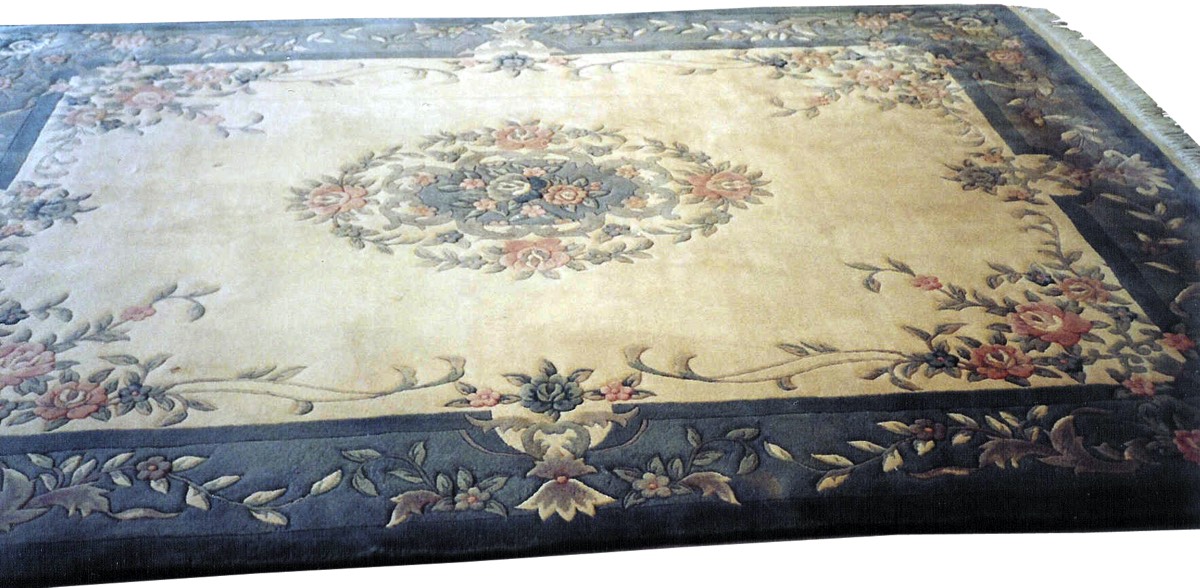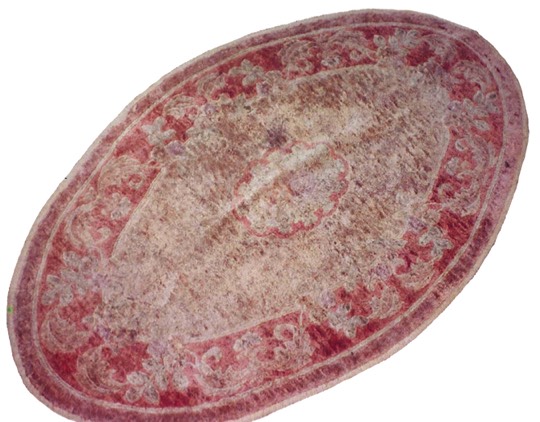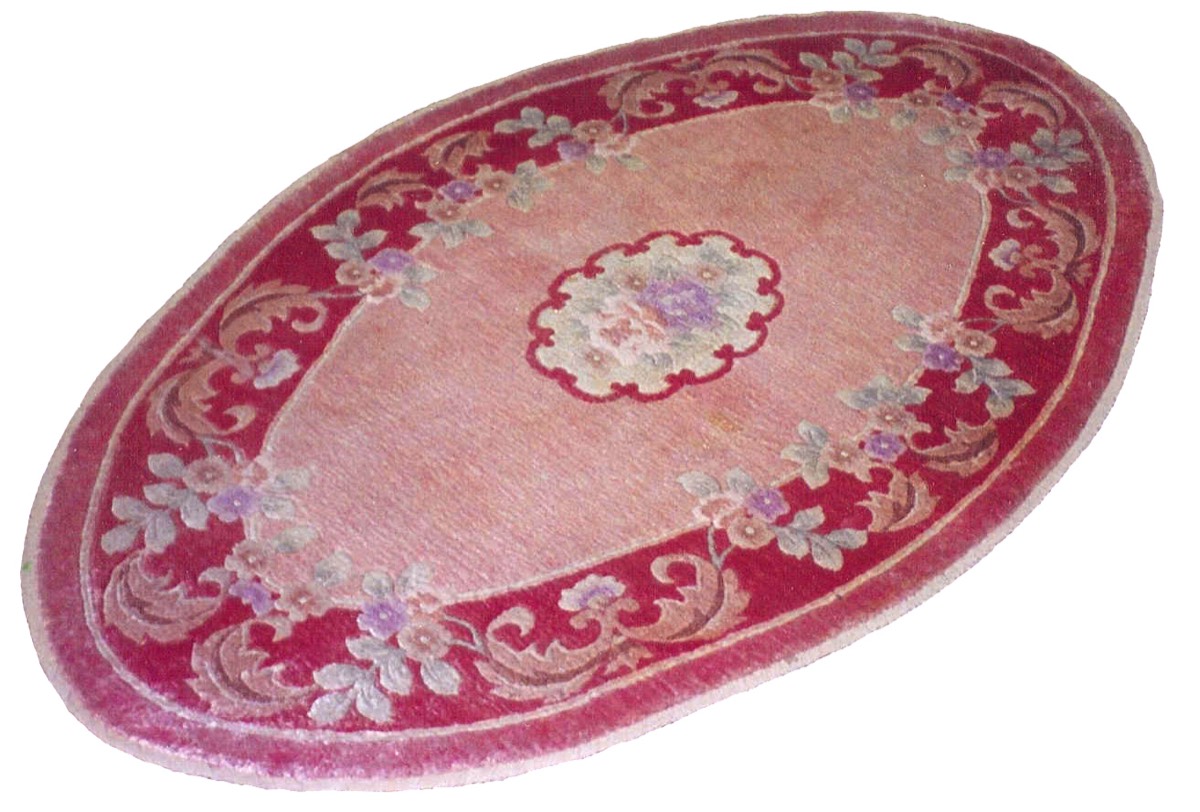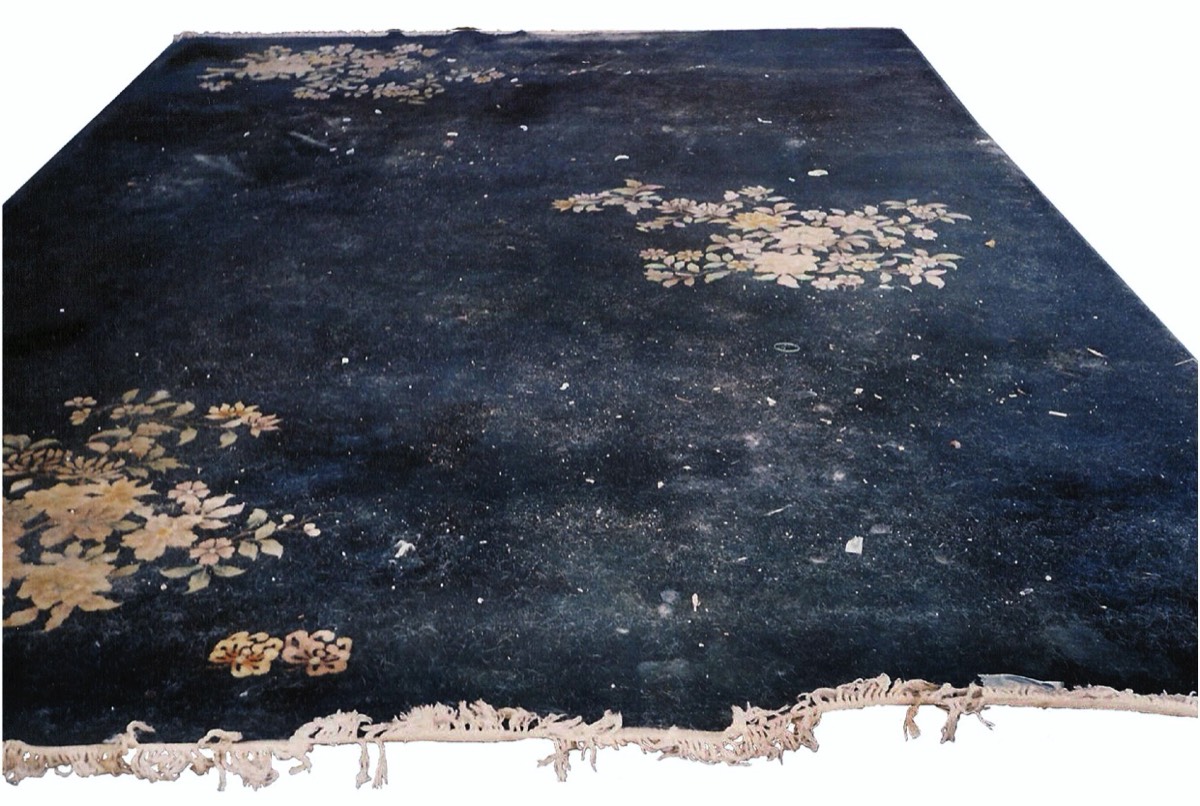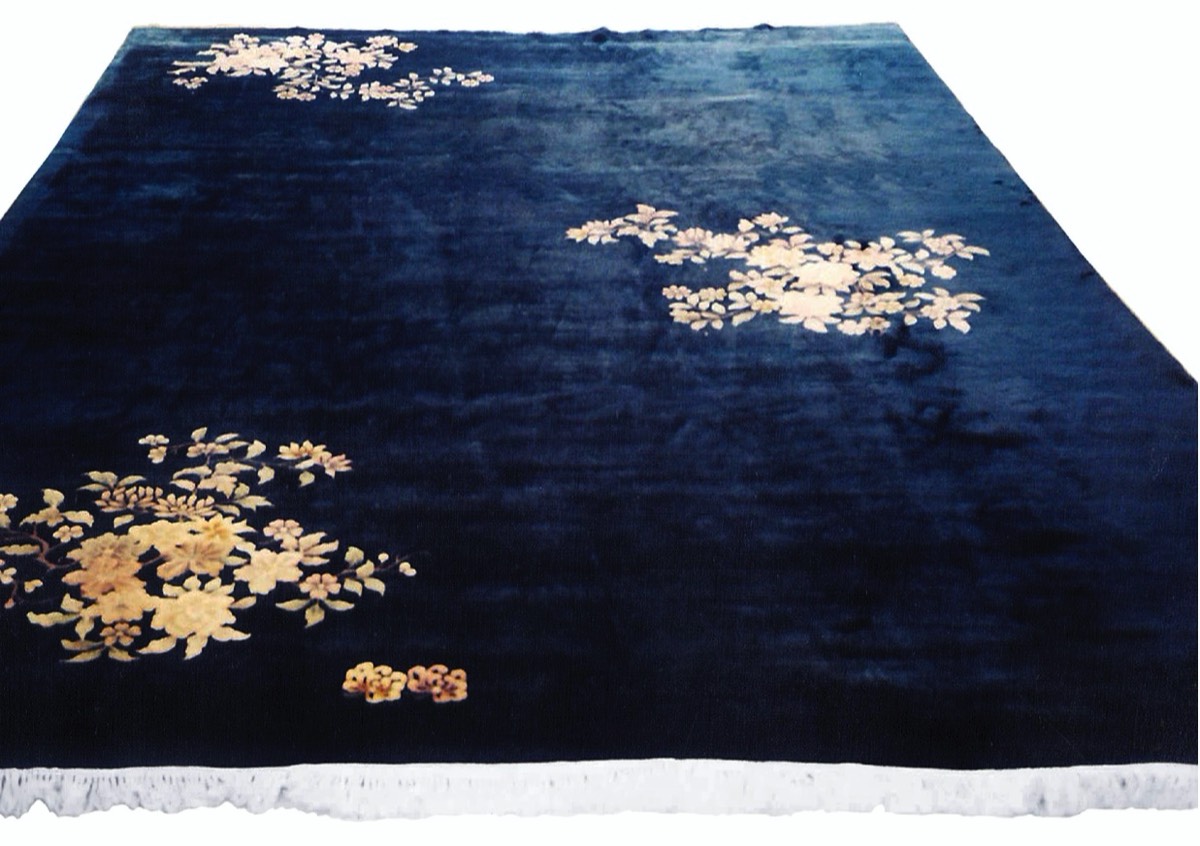Textile Pro™ graduates have been through an intensive six-month training program on oriental rug and fine fabric upholstery care. Those who are Certified took the extra step of submitting case studies of “tricky” textiles that they inspected and washed. Unlike other cleaning courses where “passing” requires taking a simple quiz, this is the first certification program in the rug cleaning industry that is “hands on” and requires thorough documentation of every step of their cleaning process. Certification also requires submitting proof of insurance coverage for handling textiles at the time of certification.
